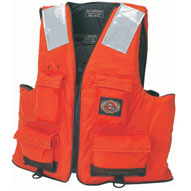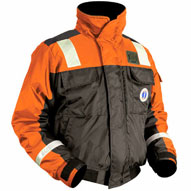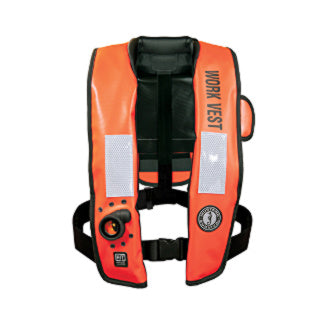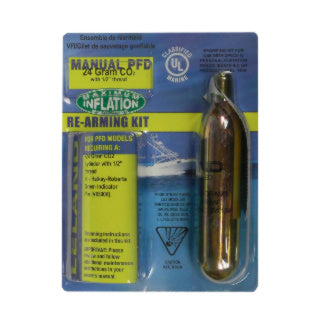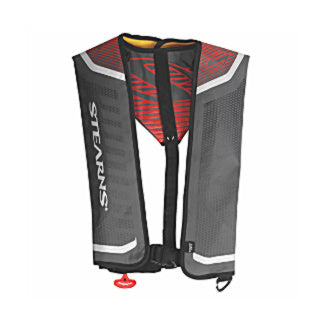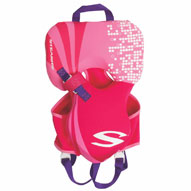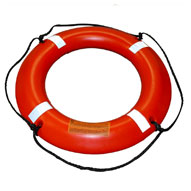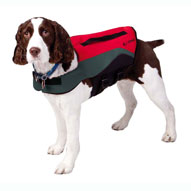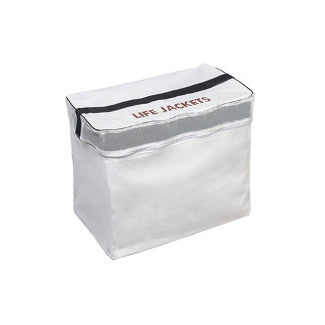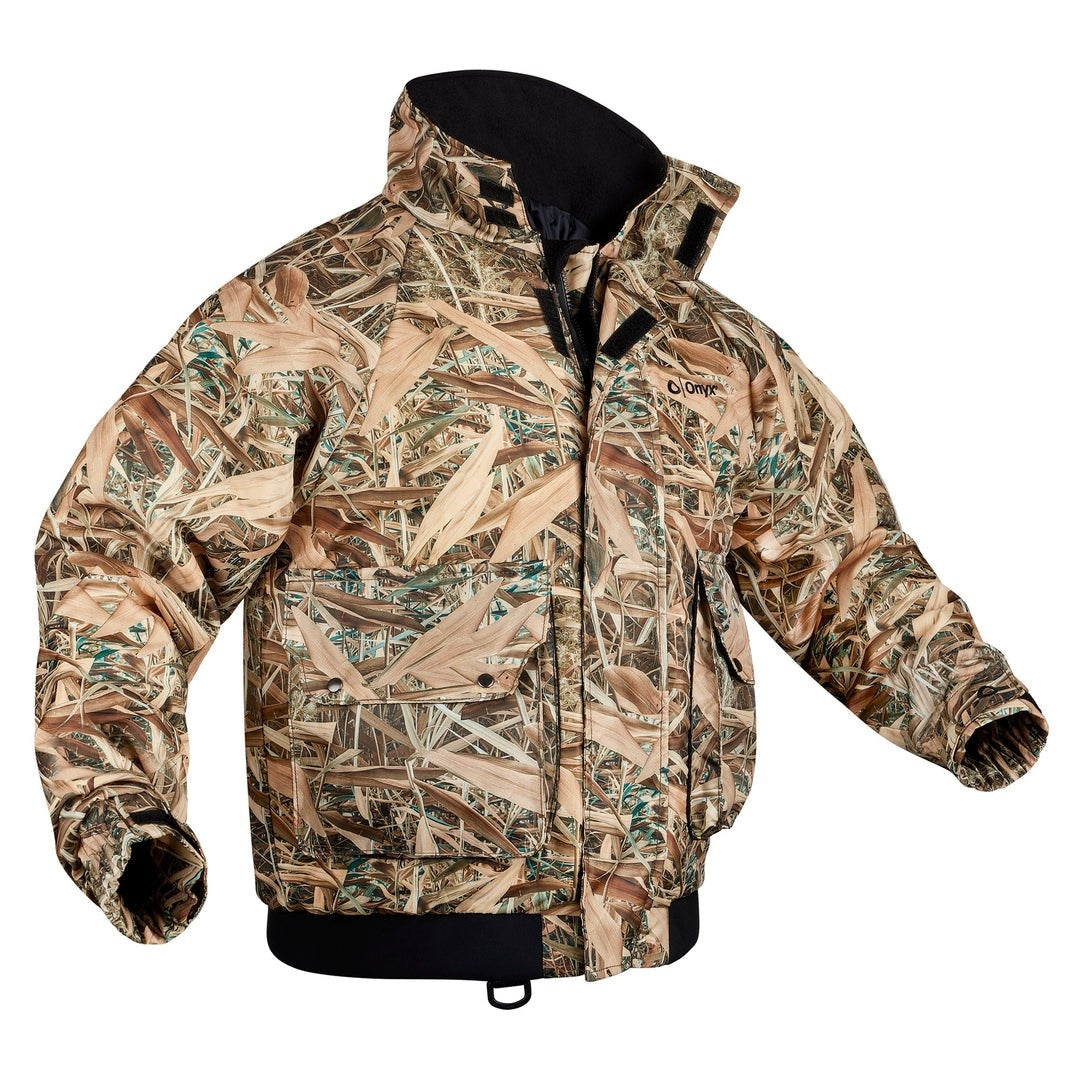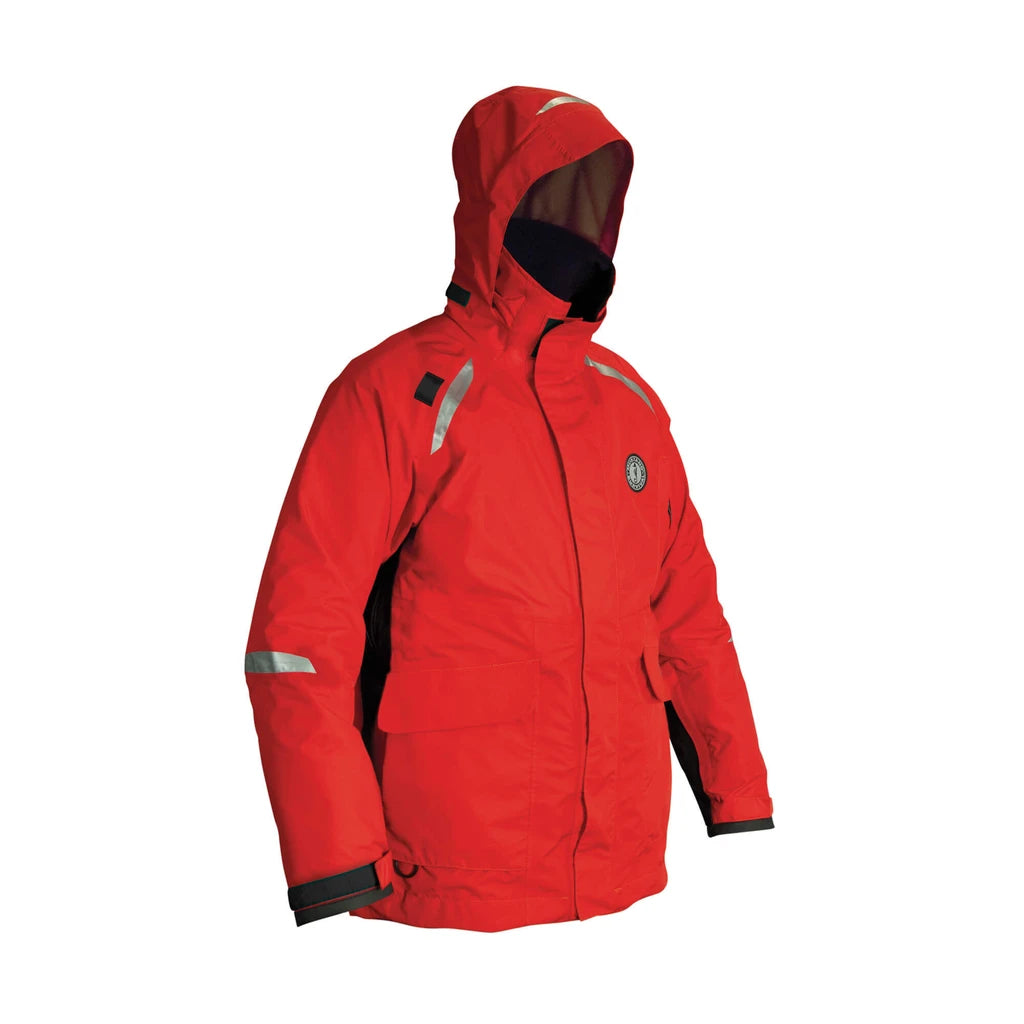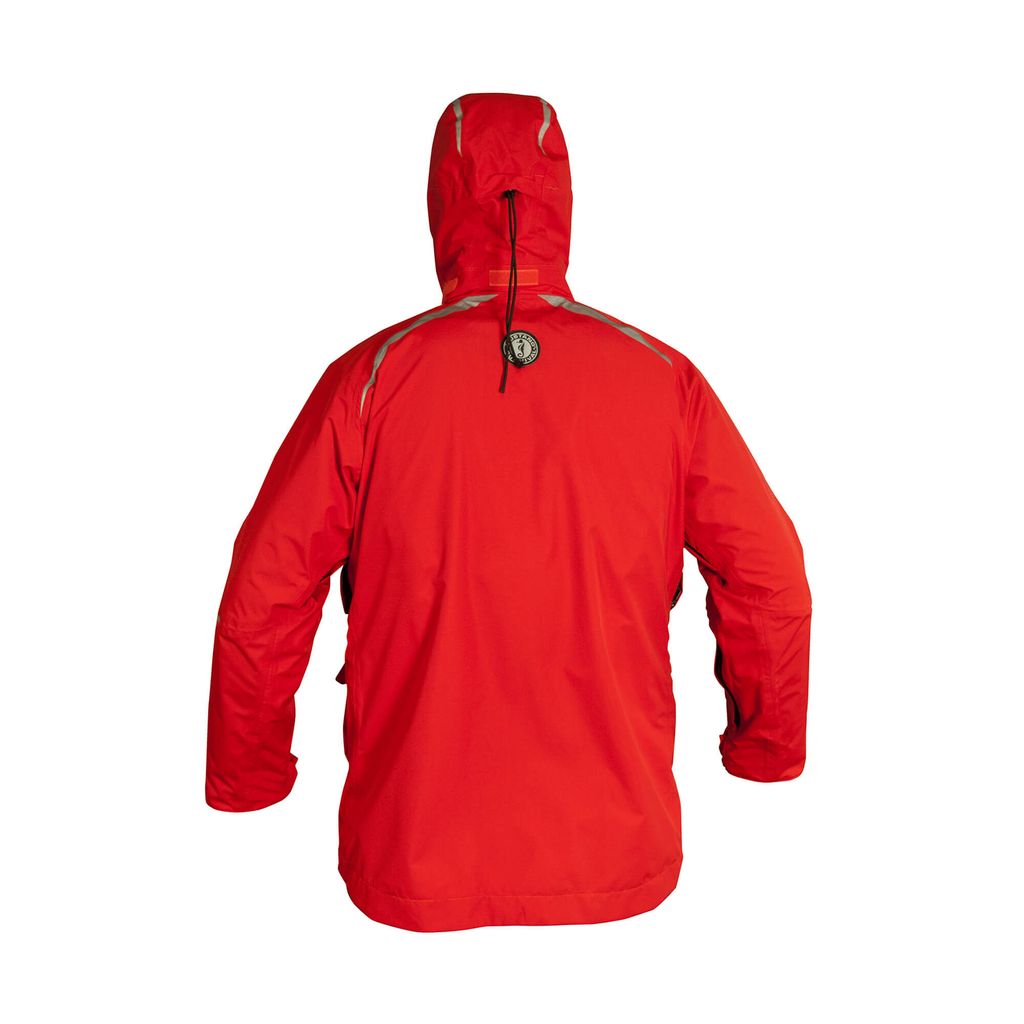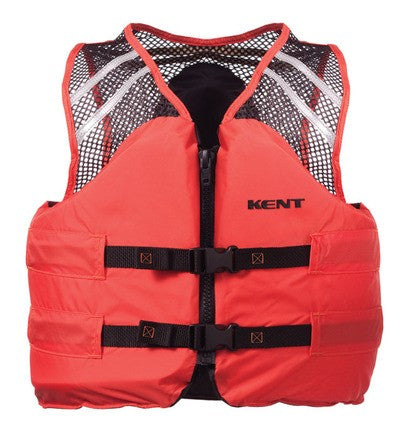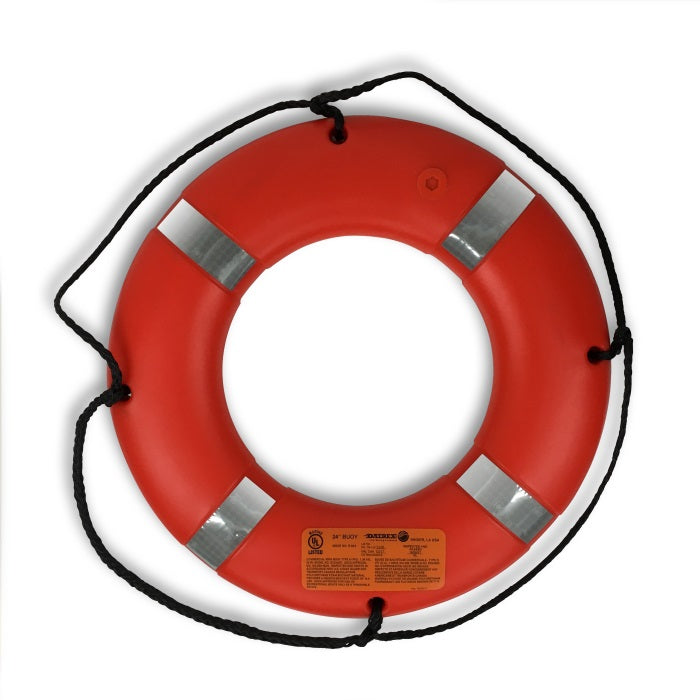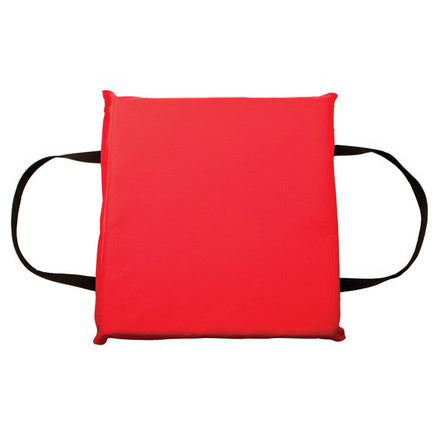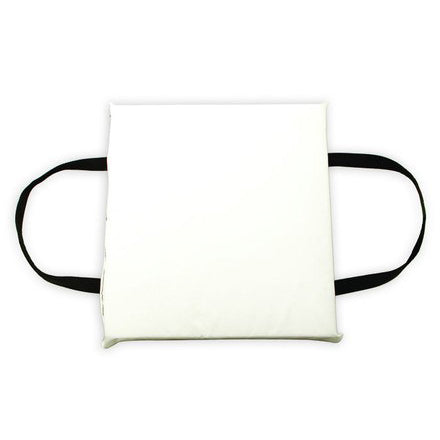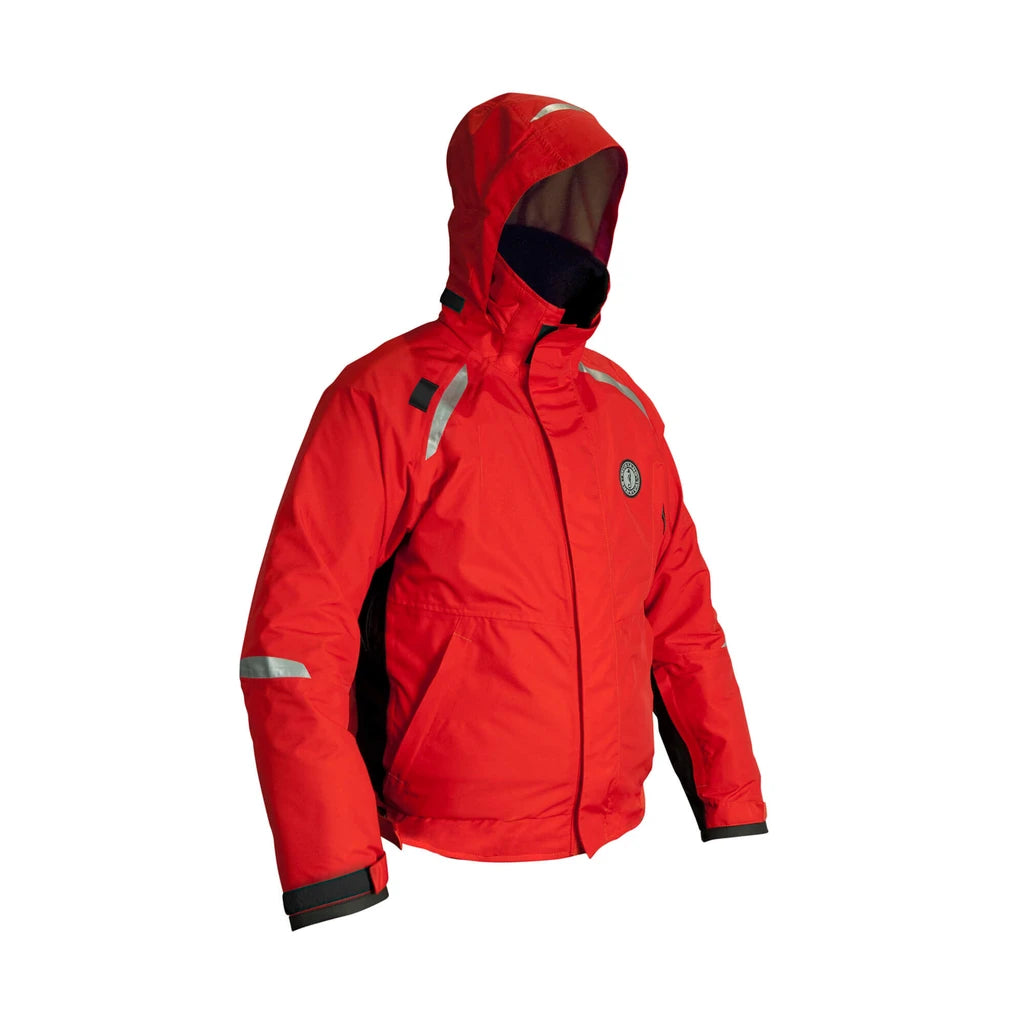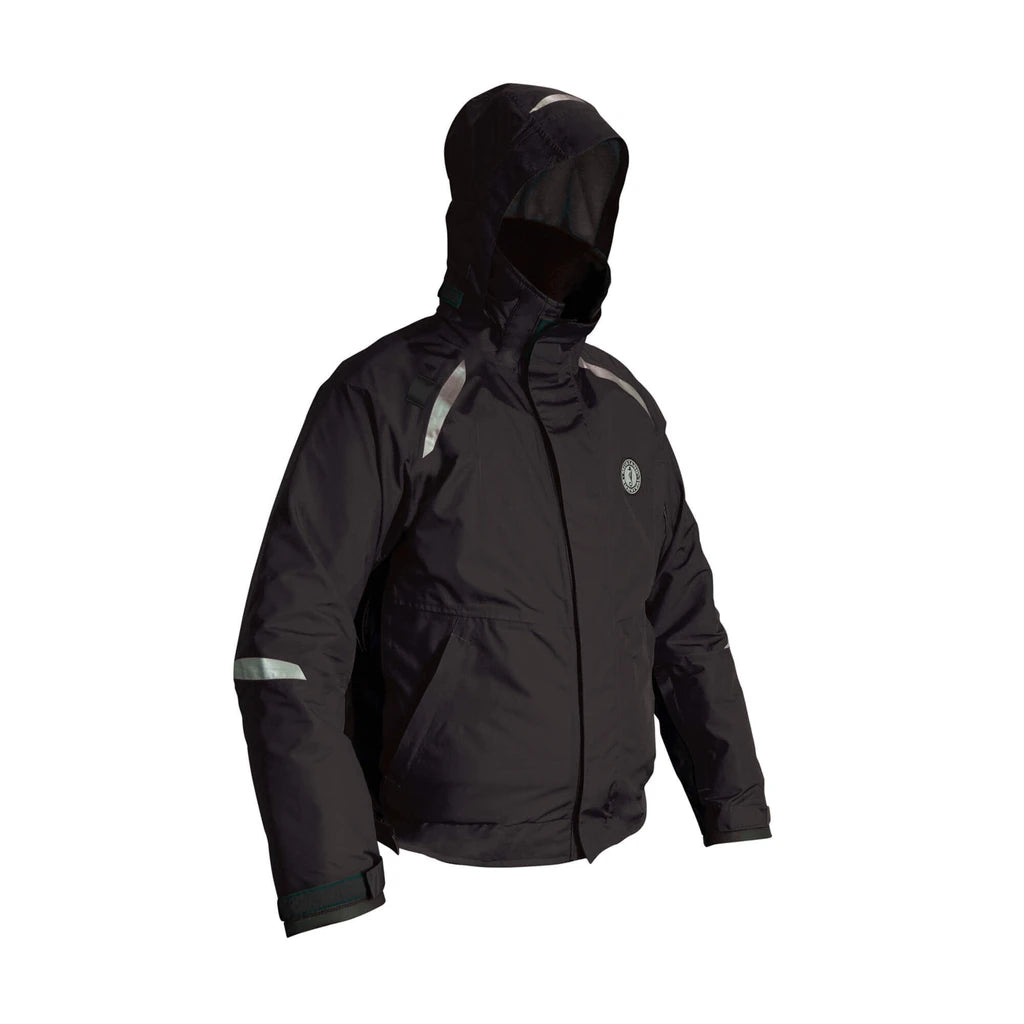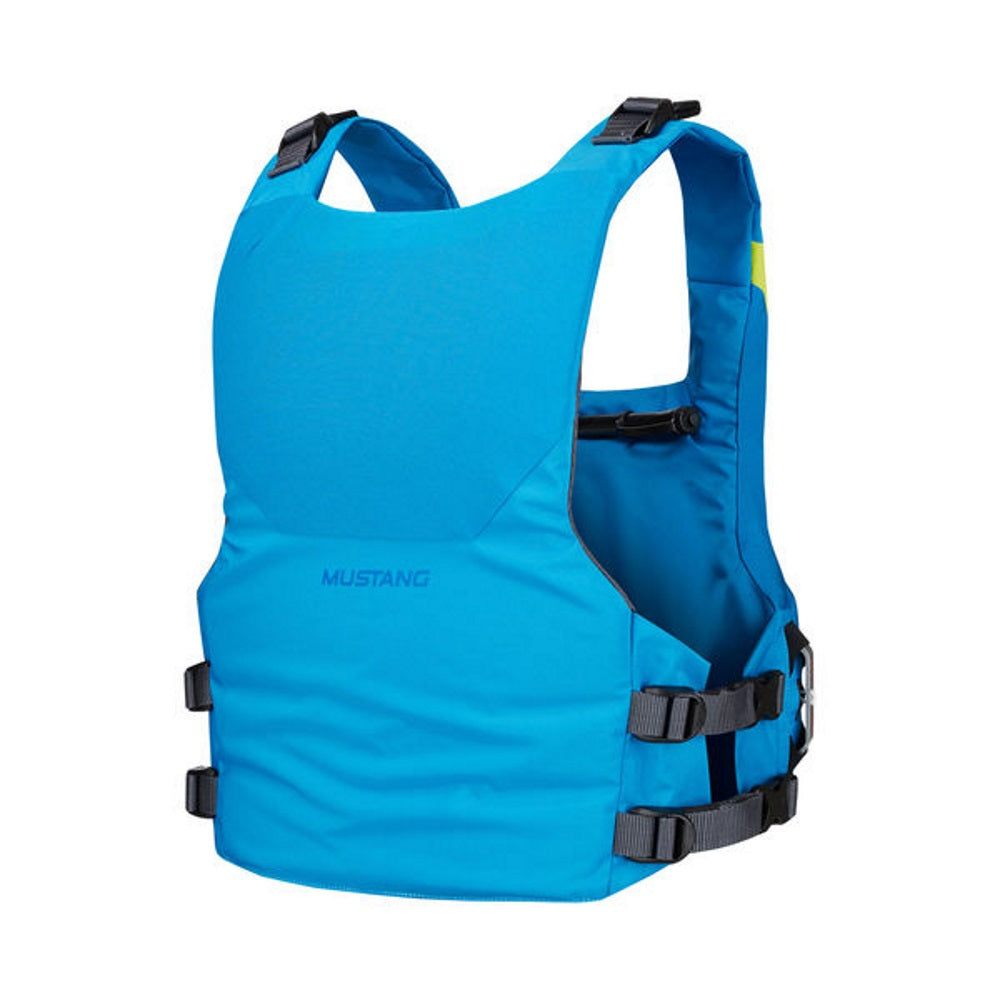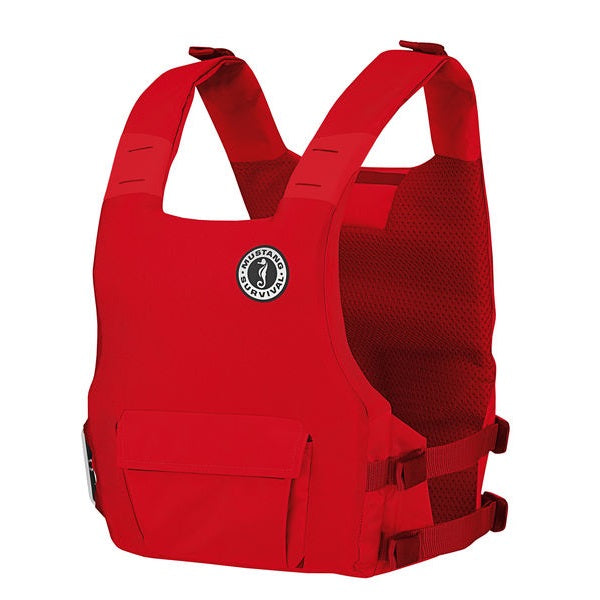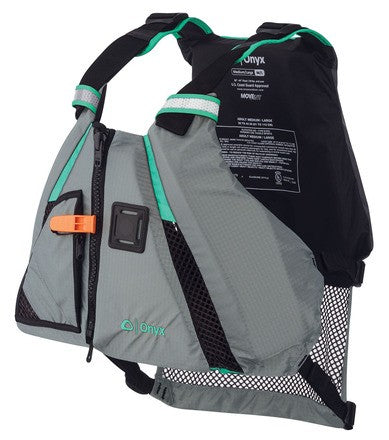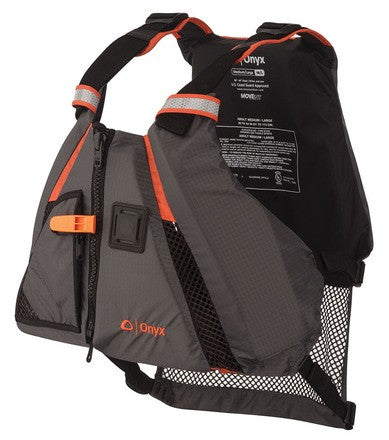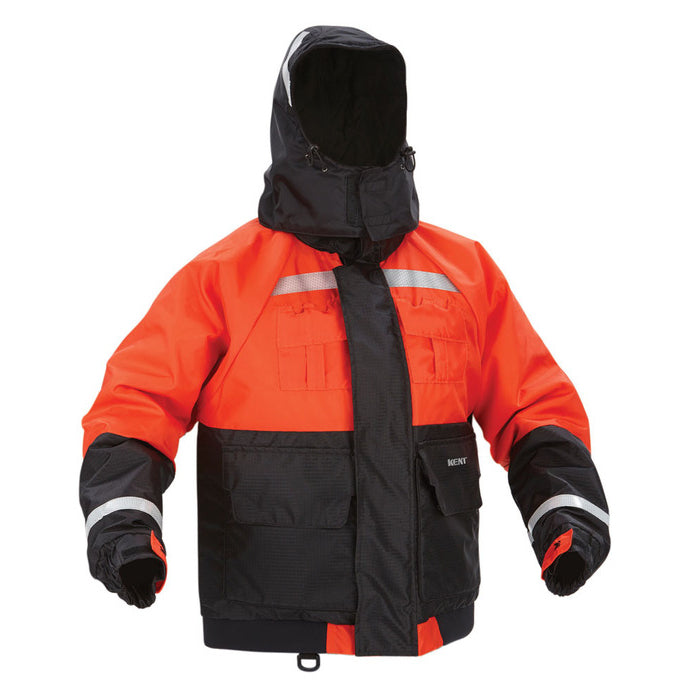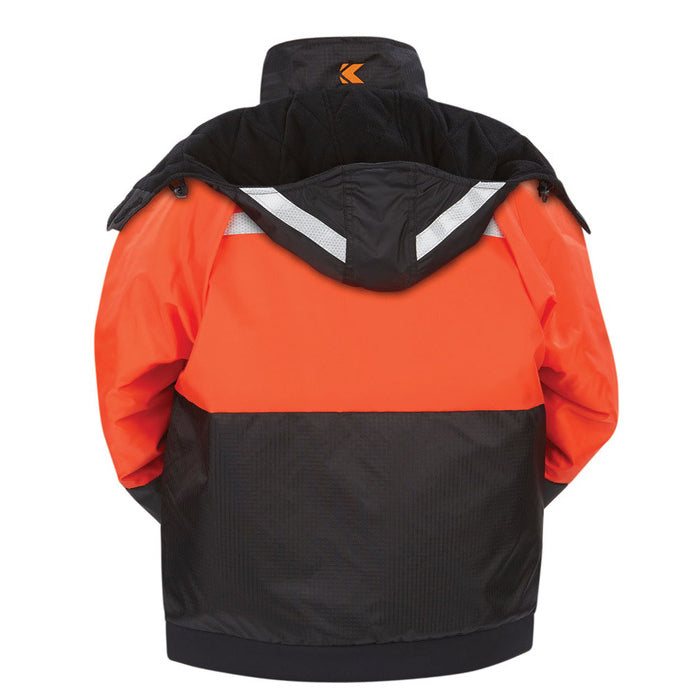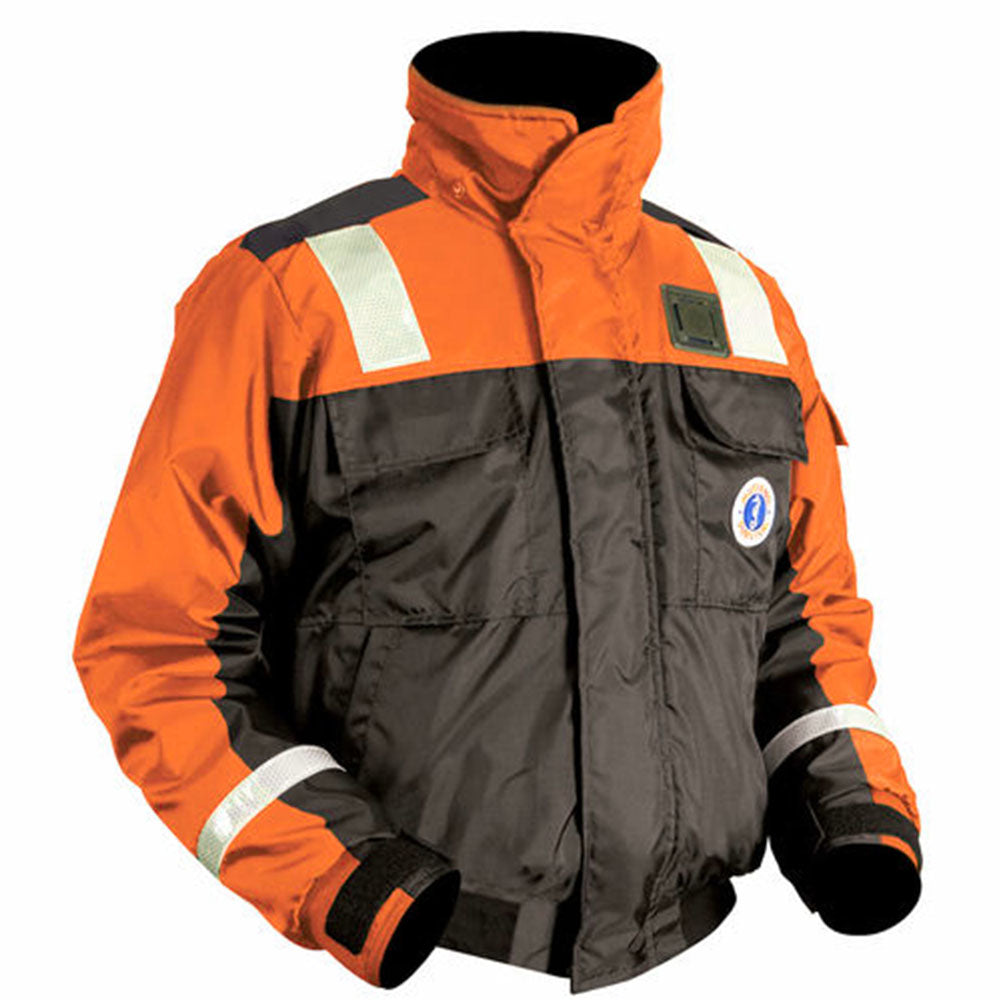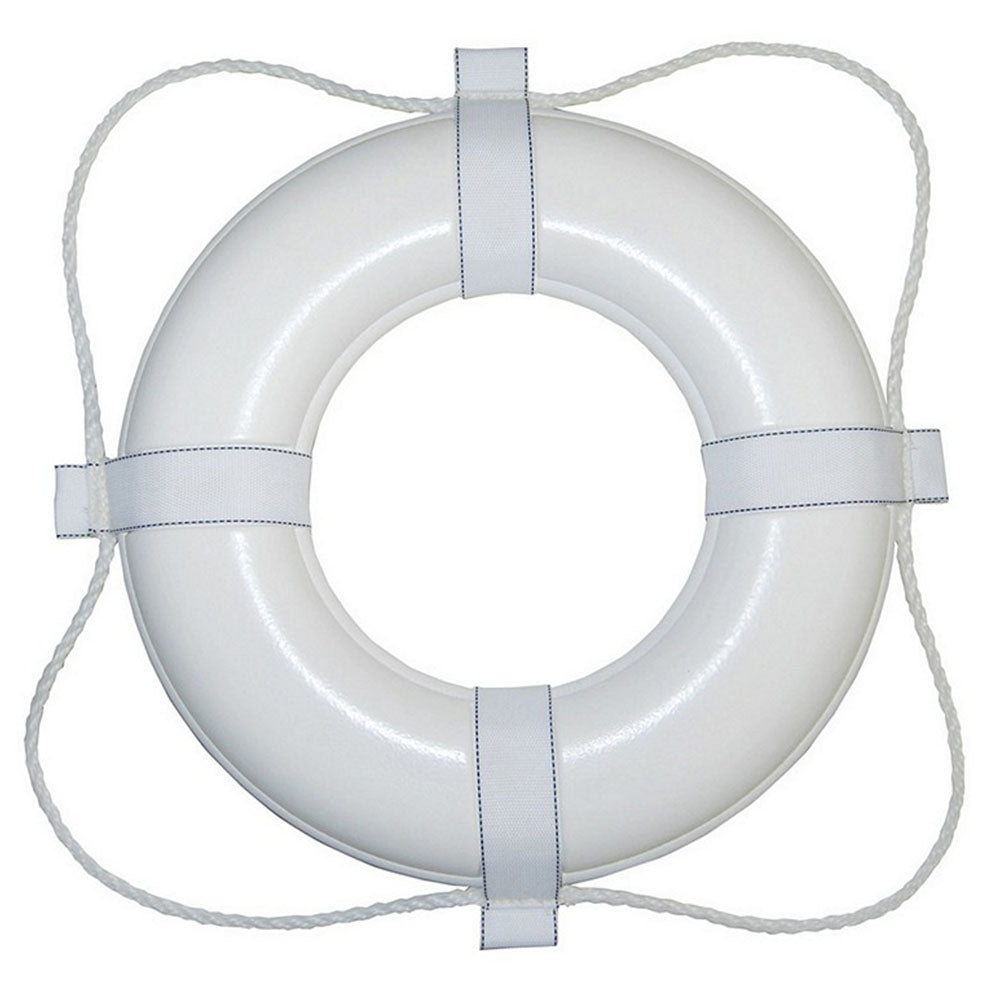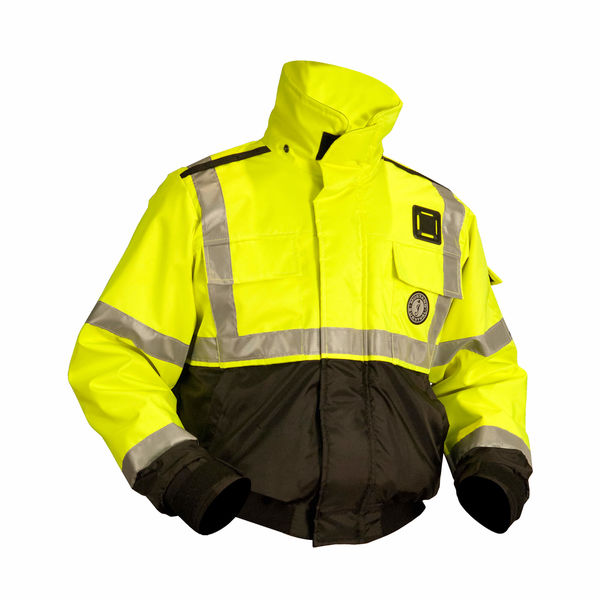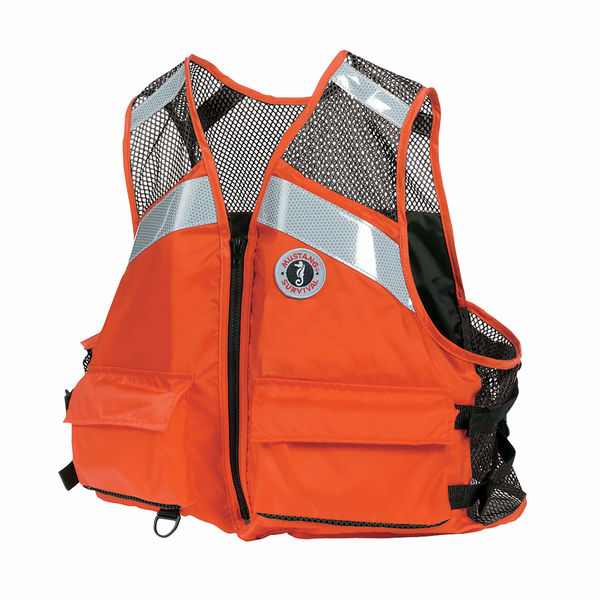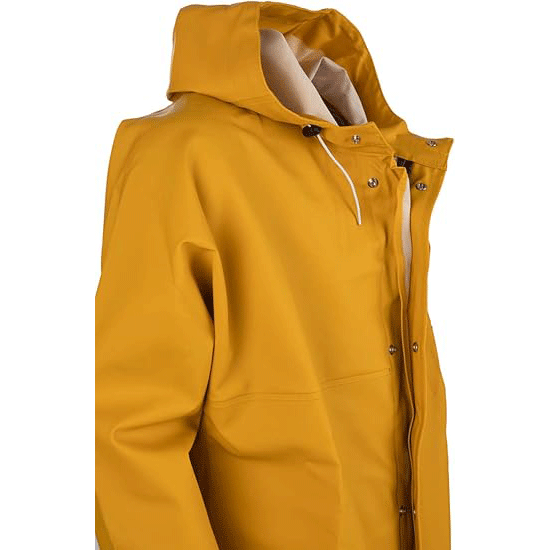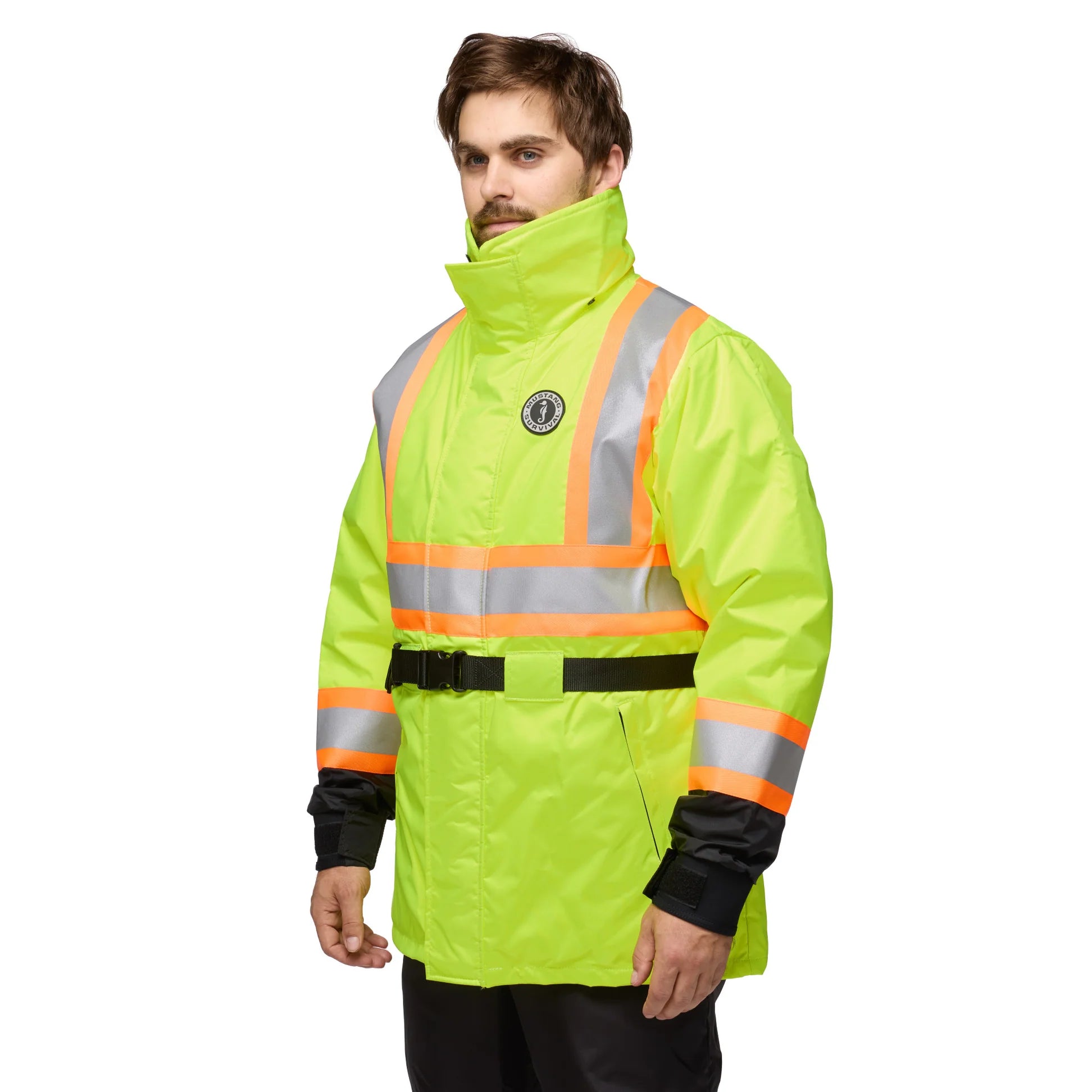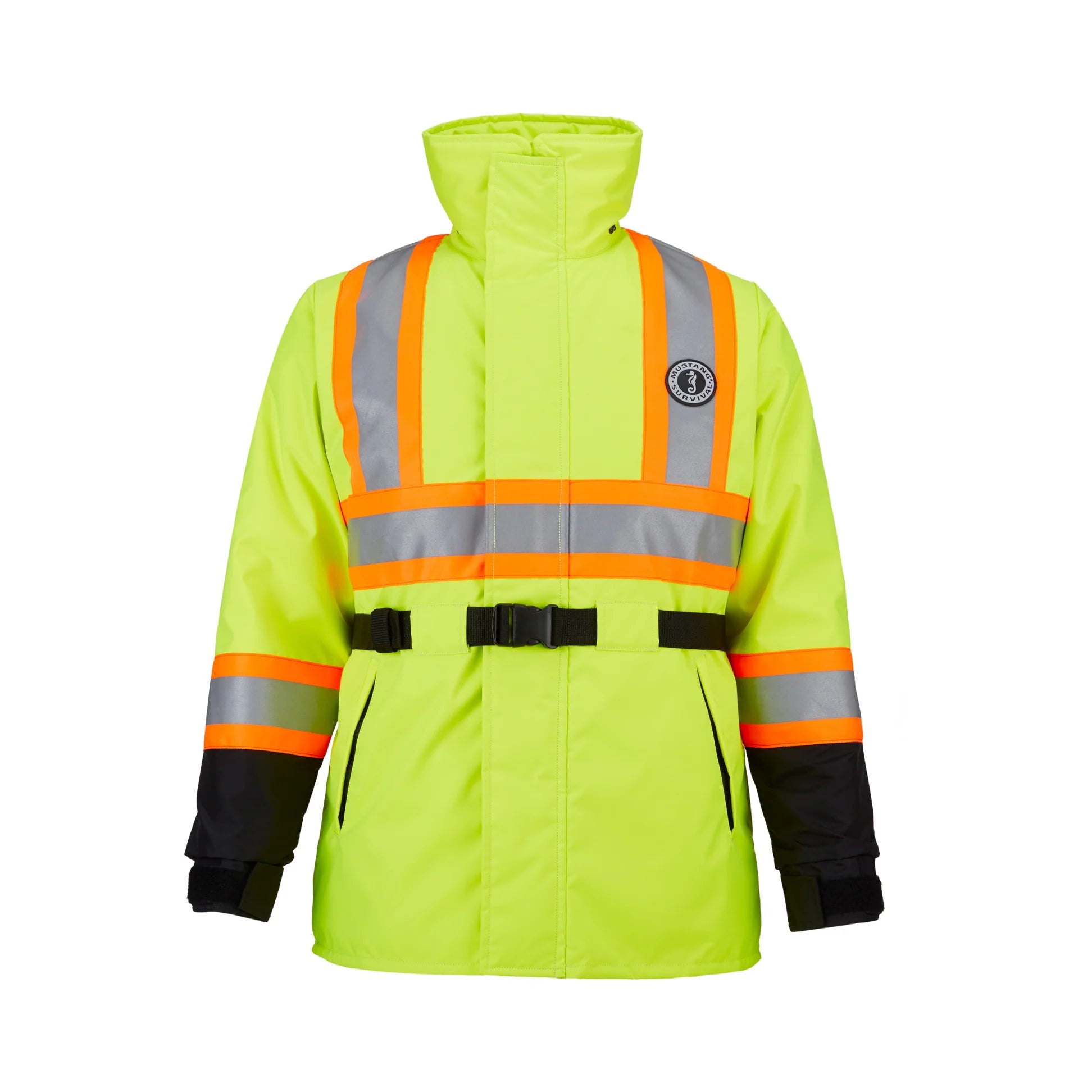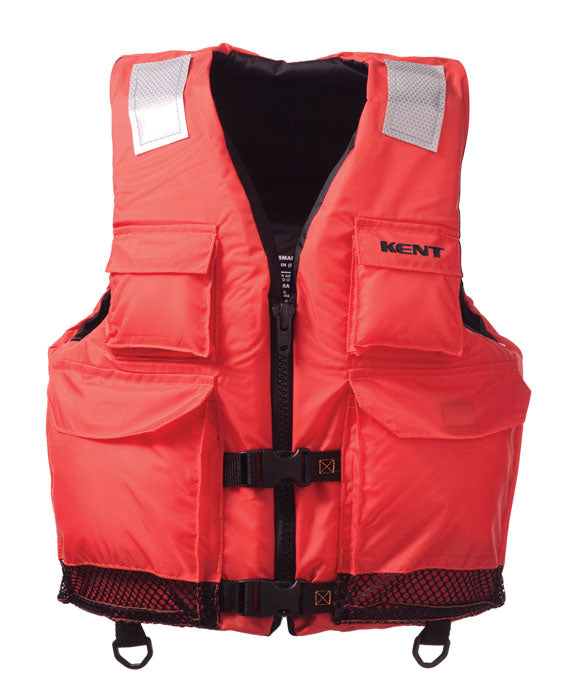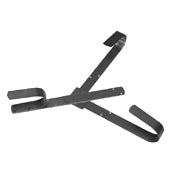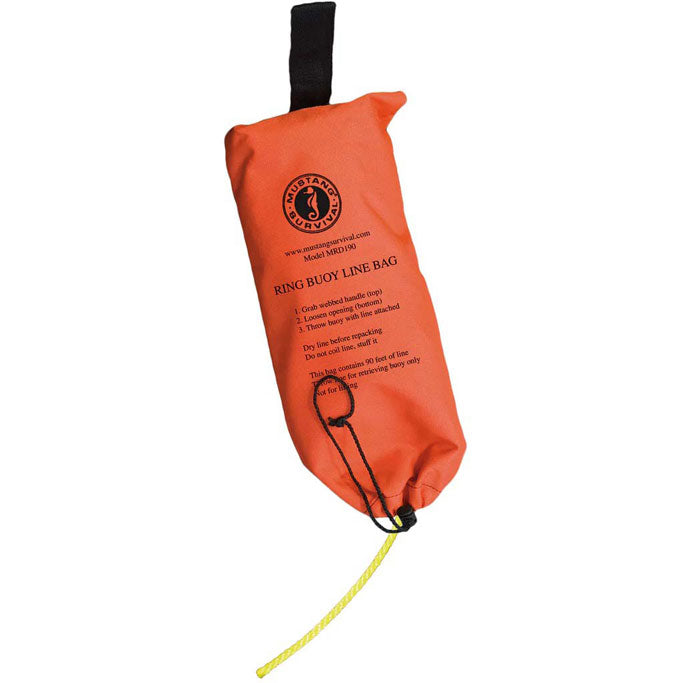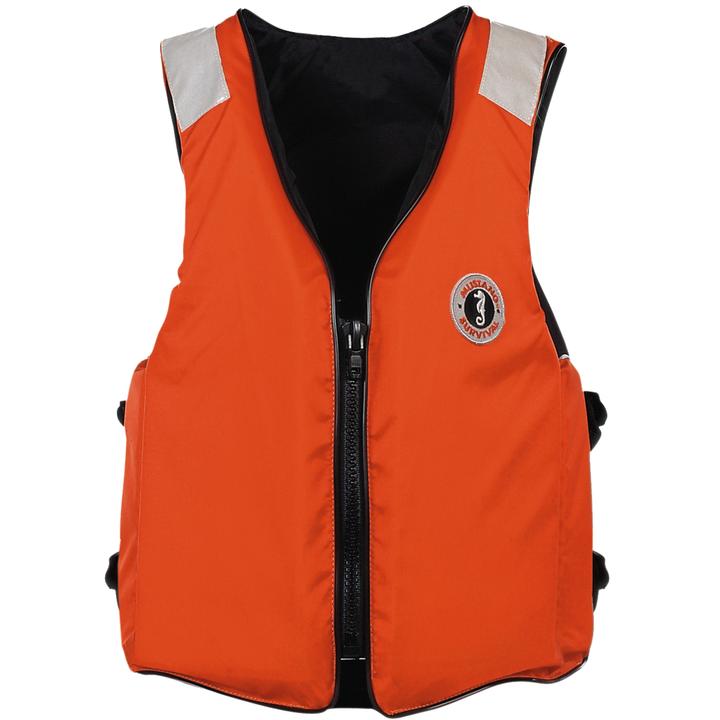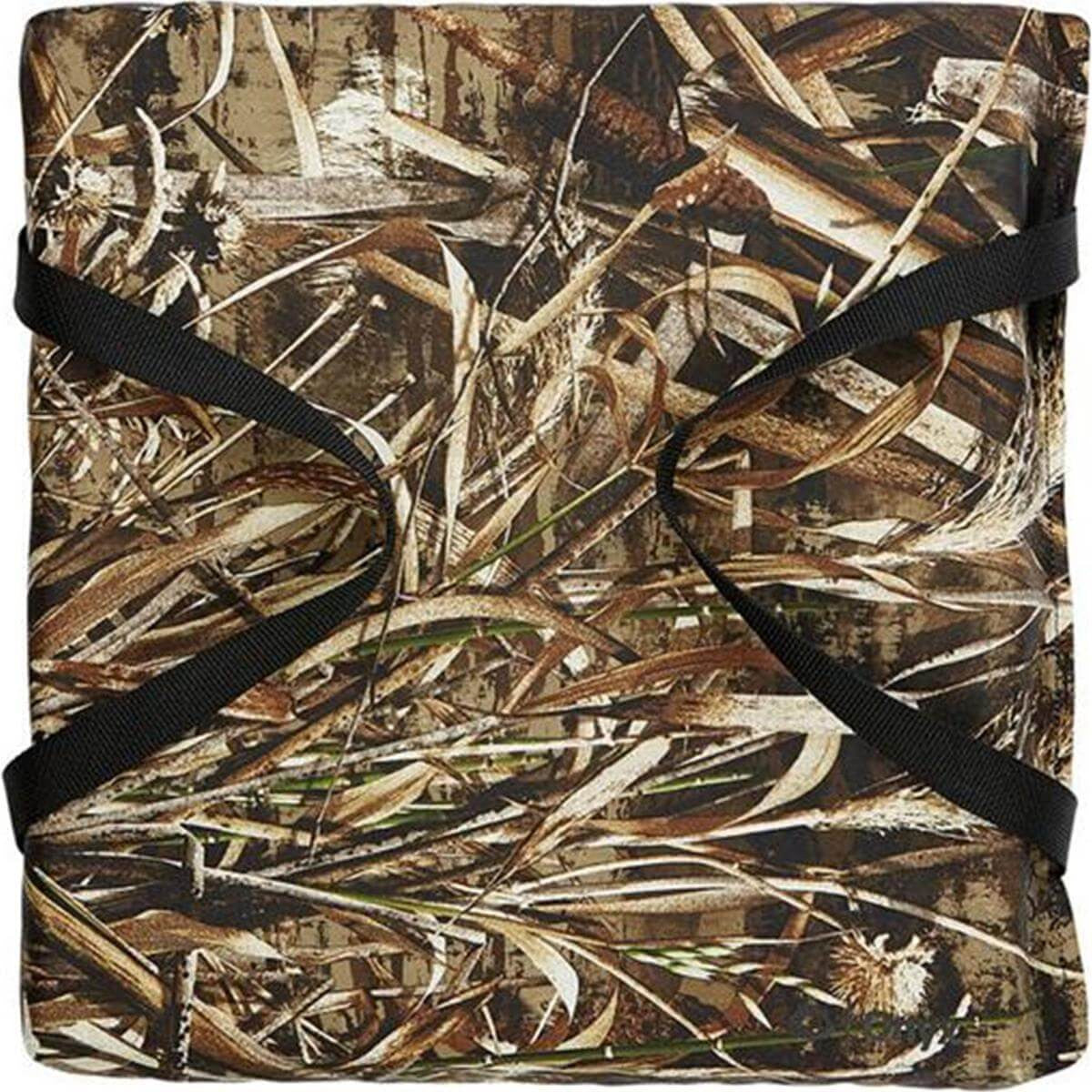Life Jackets, Life Vests, & PFDs
Stay compliant and safe with USCG-approved life jackets, including auto-inflating vests and comfortable foam PFDs. We offer sizes for the whole crew, from infant safety gear to offshore commercial vests.
122 products
Showing 1 - 24 of 122 products
Stay compliant and safe with USCG-approved life jackets, including auto-inflating vests and comfortable foam PFDs. We offer sizes for the whole crew, from infant safety gear to offshore commercial vests.
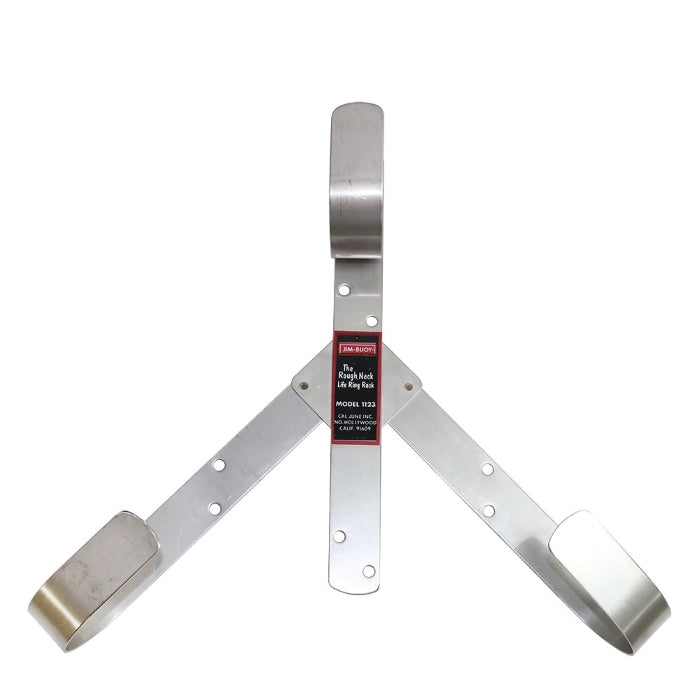
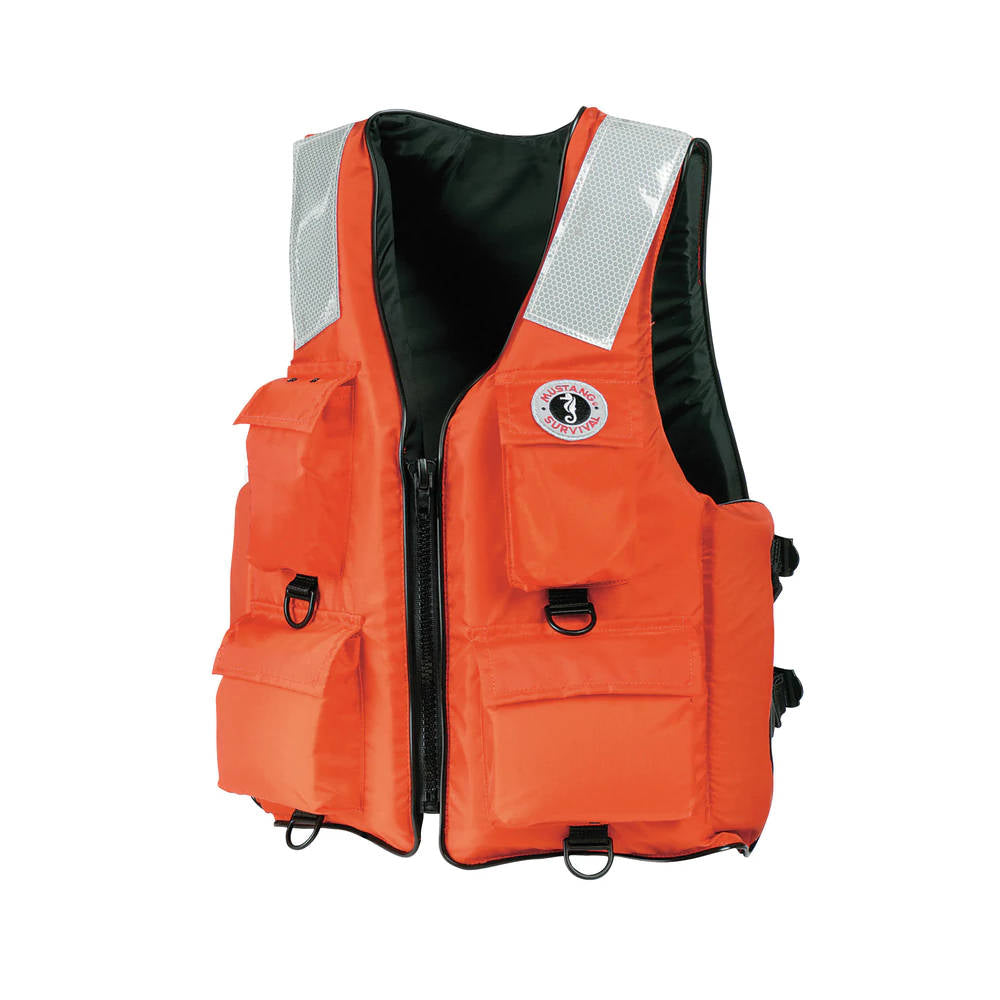

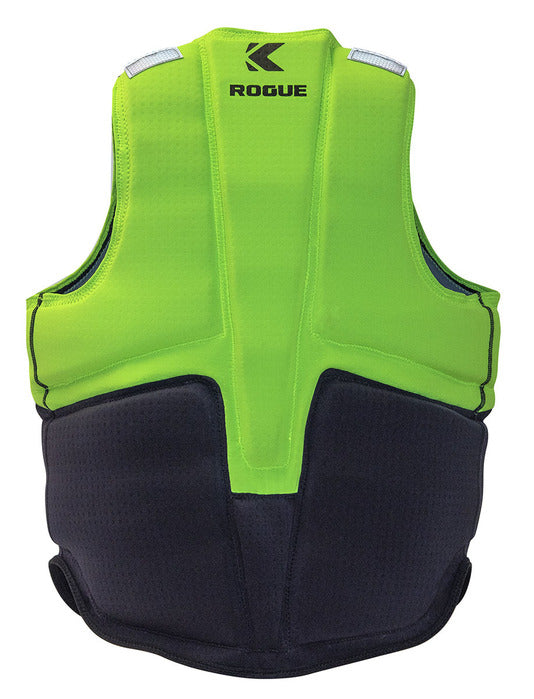
Life Jackets, Life Vests & PFDs – Essential Marine Safety Gear for Every Boater
Go2marine’s Life Jackets, Life Vests, and Personal Flotation Devices (PFDs) collection offers top-tier safety gear for recreational boaters, commercial mariners, anglers, and water sports enthusiasts. Whether you're cruising, fishing, kayaking, or working offshore, our selection ensures you stay safe, compliant, and afloat in any marine environment.
Shop by Type:
- Type I Offshore Life Jackets – Designed for open water and rough conditions, offering maximum buoyancy and turning capability to keep unconscious wearers face-up.
- Type II Near-Shore Vests – Ideal for calm, inland waters where quick rescue is likely. Lightweight and affordable.
- Type III Flotation Aids – Perfect for water sports and recreational boating. Comfortable for extended wear with freedom of movement.
- Type V Specialty PFDs – Includes float coats, deck suits, and hybrid gear for specific marine applications like cold-weather work or rescue operations.
Features That Matter:
- USCG-Approved Designs – All life jackets meet or exceed U.S. Coast Guard safety standards.
- Adult & Youth Sizes – Gear for every age and body type, including adjustable fits and high-visibility options.
- Inflatable PFDs – Lightweight, low-profile vests that automatically or manually inflate for emergency flotation.
- Work Vest Styles – Durable, high-performance vests for commercial fishing, tugboat crews, and dock workers.
Trusted by Professionals & Recreational Boaters
Go2marine’s life jackets and PFDs are relied on by coast guards, commercial fishermen, rescue teams, and everyday boaters who demand marine-grade safety, comfort, and reliability. With options for men, women, and children, our gear ensures everyone onboard is protected.
Featured Brands:
- Mustang Survival
- Kent Safety Products
- Stearns
- Imperial
- Onyx
Whether you're outfitting your vessel for regulatory compliance or upgrading your personal gear, Go2marine’s Life Jackets & PFDs collection delivers trusted flotation, superior comfort, and peace of mind on the water.

